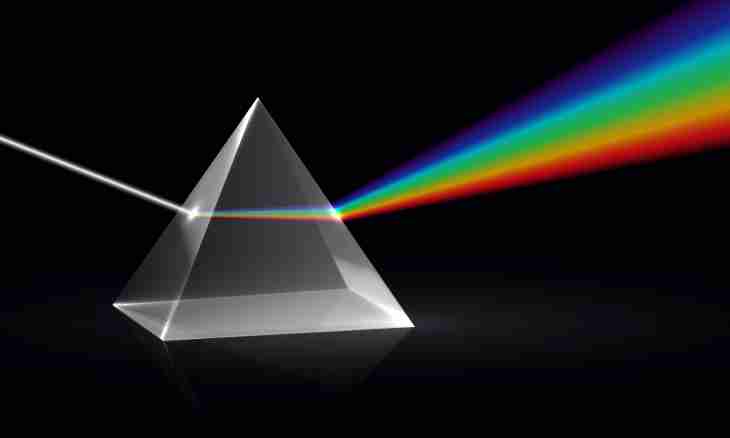Light beams are capable not only to be reflected, but also to refract. It comes upon their transition from one environment to another. The speed of light in any environment is slightly less, than in a vacuum, and the index of refraction of this Wednesday directly depends on it.
Instruction
1. If to lower a spoon in a glass of water, apparently, that it changes the form or forks. This illusion turns out at the expense of the phenomenon called light refraction. When the beam passes from one environment into another, it refracts. The beam falling under one corner to the perpendicular which is carried out to limit of the section of phases has one corner, but getting on other Wednesday, photons move is farther from a different angle. It explains a number of the natural phenomena (for example, a rainbow) and gives the chance to create many optical devices.
2. The law of light refraction is formulated as follows: the falling and refracted beams and also the perpendicular which is carried out to limit of the section of phases in a falling point lie in one plane, otherwise, the relation of a sine of the angle of falling to a sine of the angle of refraction there is a constant: sin i/sin j=v1/v2=n21. where i is the size of a hade, j is the size of an angle of refraction, n21 is the relative index of refraction of the second Wednesday relatively the first, v1st speed of light in the first environment, the v2nd speed of light in the second environment. It is necessary to notice that v1 is always more than v2. It means that at hit of a beam on other Wednesday the speed of light of a beam is much lower. When the beam leaves the environment, it has the highest speed. Relative index of refraction of light shows how much the speed of light in the first environment is more, than in the second. The relative angle of refraction is by finding of private refraction of absolute measures: n21=n2/n1
3. The absolute measure of light refraction is equal to the relation of distribution of speed of electromagnetic waves in a vacuum to their phase speed in the environment: n=c/v, with - the speed of beams in a vacuum, v - the phase speed of beams in the environment. Every Wednesday has the index of refraction: n1=c/v1, n2=c/v2B to elementary and highest physics the Wednesday having the smallest index of refraction is called optically less dense environment. The absolute measure of refraction of a vacuum is equal to n=c/v=1, and the same parameter of air so differs from it a little that is also accepted to unit.

